When darkness falls across Ontario’s wilderness, a hidden world springs to life. Join our Moonlit Adventures to witness nature’s nocturnal theater, where owls glide silently through moonlit forests and foxes prowl the shadowy undergrowth. Every rustling leaf and distant call tells a story of survival, adaptation, and the intricate dance of predator and prey that unfolds in the darkness.
Unlike daytime wildlife viewing, nighttime observation reveals remarkable behaviors and species rarely seen in daylight. Watch beavers engineering their lodges under starlight, hear the haunting chorus of Eastern Whip-poor-wills, or spot the glowing eyes of raccoons as they navigate their nighttime domain. These creatures, perfectly adapted to life after sunset, showcase nature’s incredible diversity and resilience.
Whether you’re an experienced naturalist or a curious newcomer, Ontario’s nighttime wilderness offers an unforgettable peek into a world that thrives in darkness. Grab your red-filtered flashlight, step quietly, and prepare to discover the extraordinary wildlife that makes our forests, wetlands, and meadows come alive after dark.
Ontario’s After-Dark Wildlife Stars
Midnight Mammals
When the sun sets in Ontario’s wilderness, a whole new cast of fascinating wild creatures emerges from their daytime hideouts. Raccoons, those clever masked bandits, become particularly active, foraging through the forest floor with their incredibly sensitive hands. You might spot them waddling along trails or investigating hollow trees in search of tasty treats.
Look up into the evening sky, and you’ll likely see Ontario’s variety of bats performing their graceful aerial ballet. These remarkable mammals use echolocation to navigate and catch insects mid-flight, helping to keep our mosquito populations in check. The little brown bat and big brown bat are common sights, especially near water bodies where insects gather.
One of our most enchanting nocturnal mammals is the northern flying squirrel. While not actually flying, these adorable creatures glide between trees using a special membrane called a patagium, which stretches from their front legs to their back legs. They can soar up to 50 meters in a single glide!
Other nighttime mammals you might encounter include the red fox, hunting for mice and voles in meadow areas, and the opossum, North America’s only marsupial, shuffling through undergrowth in search of fruits and insects. Remember to keep your distance and never feed these wild animals – observing them in their natural behavior is the best way to appreciate their nighttime activities.

Night Birds and Owls
When the sun sets in Ontario, our forests come alive with the haunting calls of nocturnal birds. The Great Horned Owl, with its distinctive “who-who-who,” is perhaps our most famous night resident. These impressive birds can be found in both urban and rural areas, often perched on tall trees scanning for prey with their incredible night vision.
The Eastern Screech Owl, despite its fierce-sounding name, is actually one of our smaller owl species. Listen for their trembling whistle at dusk, especially in wooded areas near water. The Barred Owl, known for its “who cooks for you” call, is another regular in Ontario’s nighttime symphony.
But owls aren’t our only nocturnal birds. The Common Nighthawk, with its distinctive “peent” call, can often be spotted at twilight swooping through urban areas catching insects. During spring and summer evenings, you might hear the enchanting song of the Eastern Whip-poor-will, though spotting one can be tricky due to their excellent camouflage.
Pro tip: To increase your chances of spotting these nighttime aviators, look for them in areas where forests meet open spaces. Many provincial parks offer guided owl prowls during spring and fall – these programs are fantastic opportunities to learn about our nocturnal birds while actually seeing and hearing them in their natural habitat. Remember to bring a red-light flashlight, as it’s less disturbing to the birds than white light.
Guided Night Programs You Can’t Miss

Owl Prowls and Night Hikes
Experience the magic of Ontario’s wilderness after dark by joining one of the many guided owl prowls and night hikes offered throughout the province. These expertly led adventures provide a unique opportunity to witness nocturnal wildlife in their natural habitat while learning about their fascinating behaviors and adaptations.
Many provincial parks and conservation areas offer scheduled night walks during spring and fall, prime seasons for owl activity. Experienced naturalists guide small groups along carefully selected trails, teaching participants how to spot wildlife signs and identify different owl calls. You might hear the distinctive “who-cooks-for-you” call of the Barred Owl or catch a glimpse of the majestic Great Horned Owl perched silently above.
Insider tip: Book your spot well in advance, as these popular programs often fill up quickly, especially during peak migration seasons. Dress in dark, quiet clothing and bring a red-filtered flashlight to minimize disturbance to wildlife. Some locations even provide special equipment like night vision monoculars or thermal imaging devices for an enhanced viewing experience.
For families with children, many parks offer special kid-friendly versions of night hikes, complete with fun activities and educational games. These programs are perfectly paced for young explorers and help foster an early appreciation for wildlife conservation.
Remember to respect wildlife by maintaining a safe distance and following your guide’s instructions. Many locations also offer photography workshops specifically focused on nocturnal wildlife, teaching participants how to capture stunning images while minimizing impact on the animals’ natural behavior.
Best of all, these guided experiences are safe ways to explore the night woods, allowing you to focus on the adventure while experienced naturalists handle navigation and wildlife spotting.
Night Sky and Wildlife Photography Sessions
Experience the perfect blend of stargazing and wildlife watching through specialized evening programs offered across Ontario’s parks. These unique sessions combine the thrill of spotting nocturnal creatures with the breathtaking beauty of the night sky, creating unforgettable memories for nature enthusiasts of all ages.
Led by experienced naturalists and photographers, these programs typically begin at sunset when nocturnal animals become active and the stars start appearing. You’ll learn essential nocturnal photography tips to capture both wildlife and celestial objects, including proper camera settings and ethical wildlife photography practices.
Many parks offer specialized equipment like night vision scopes and astronomy binoculars, allowing participants to observe everything from owls and flying squirrels to distant planets and star clusters. The programs often include guided walks along designated trails, where you might encounter deer, foxes, or even the elusive flying squirrel while learning about constellations overhead.
Pro tip: Book these sessions during the new moon phase for optimal stargazing conditions. Most programs run between May and October, with peak wildlife activity occurring during the shoulder seasons of spring and fall. Remember to dress in dark, warm clothing and bring red-light flashlights to maintain your night vision while protecting wildlife from harsh white light.
These sessions typically last 2-3 hours and are suitable for families, though age restrictions may apply for some advanced programs. Advance registration is usually required, and group sizes are kept small to ensure minimal impact on wildlife and maximize learning opportunities for participants.
Tips for Responsible Night Wildlife Viewing
Essential Gear and Safety
Before heading out to observe wildlife at night, proper preparation is essential for both your safety and viewing success. Start with a reliable headlamp or flashlight (plus backup batteries) – red light settings are ideal as they’re less disturbing to nocturnal animals. Pack binoculars designed for low-light conditions and consider bringing a night-vision monocular for enhanced viewing.
Dress appropriately in dark, quiet clothing and layer up – nighttime temperatures can drop significantly, even in summer. Sturdy, waterproof boots are a must, as is rain gear during wet seasons. Don’t forget insect repellent and consider wearing lightweight, long-sleeved clothing for additional protection against mosquitoes.
Always carry a basic first-aid kit, emergency whistle, and fully charged cell phone. While reception might be spotty in some areas, it’s an important safety backup. Bring a detailed trail map and compass – GPS devices can be unreliable in dense forest cover.
Pro tip: Pack some trail mix and water, even for short excursions. Getting dehydrated or hungry can affect your night vision and awareness.
Remember to always inform someone of your plans and expected return time. For your safety and the animals’ well-being, stick to designated trails and viewing areas. Consider joining a guided program for your first few nighttime wildlife experiences – park naturalists can help you develop proper viewing techniques while ensuring everyone’s safety.
Wildlife Etiquette
Encountering wildlife at night is thrilling, but it’s crucial to observe these fascinating creatures responsibly. Keep your distance – a good rule of thumb is to stay at least 50 meters away from most animals. If an animal changes its behavior because of your presence, you’re too close.
Use red flashlights instead of white ones to minimize disruption to nocturnal animals’ night vision. Never shine lights directly at animals, as this can disorient them and interrupt their natural behaviors. If you’re driving through wildlife areas at night, slow down and stay alert – many creatures are most active during dusk and dawn.
Keep your voice low and movements slow to avoid startling wildlife. Never feed wild animals, as this can make them dependent on humans and alter their natural foraging habits. Stay on designated trails to protect both the animals and their habitat.
If you’re camping, store food properly in sealed containers and never keep it in your tent. Clean up thoroughly after meals to avoid attracting curious nighttime visitors. Consider using your phone’s camera without flash for photos – modern phones often have excellent low-light capabilities.
Remember, we’re guests in their home. The best wildlife encounters happen when we observe quietly and respectfully, allowing animals to go about their natural routines undisturbed. This ensures these magical nighttime experiences can be enjoyed by future generations of nature enthusiasts.

Best Ontario Parks for Night Wildlife
Southern Ontario Hotspots
Southern Ontario offers several prime locations for nighttime wildlife viewing, with some parks specifically designed to accommodate after-dark nature enthusiasts. Bruce Peninsula National Park stands out as a favorite spot, where visitors can often glimpse flying squirrels and barred owls along the Cyprus Lake Trail system during guided evening walks.
Point Pelee National Park, famous for its bird migrations, transforms into a different world after sunset. The park’s Marsh Boardwalk comes alive with chorus frogs, while lucky visitors might spot the endangered eastern foxsnake or hear the distinct calls of whip-poor-wills.
Pinery Provincial Park near Grand Bend offers excellent night hiking opportunities, with dedicated programs running throughout summer. The park’s oak savanna ecosystem provides perfect habitat for numerous nocturnal species, including flying squirrels and several owl species.
For those near the Greater Toronto Area, Rouge National Urban Park provides accessible nighttime nature programs. Despite its urban setting, the park hosts regular “Moths at Night” events where visitors can observe these fascinating insects and other nocturnal creatures.
Insider tip: The Torrance Barrens Dark-Sky Preserve near Gravenhurst, though primarily known for stargazing, offers exceptional opportunities to spot nocturnal wildlife in their natural habitat. The lack of light pollution makes it easier to observe animals in their natural nighttime behavior patterns.
Remember to check park websites for seasonal program schedules and always follow park guidelines for nighttime activities.
Northern Wildlife Adventures
Northern Ontario’s parks transform into enchanting wilderness theaters after sunset, offering some of the most memorable nocturnal wildlife encounters in the province. At Killarney Provincial Park, join expert naturalists for guided night hikes where you might spot the glowing eyes of hunting wolves or hear the haunting calls of great horned owls echoing through the darkness.
Algonquin Park’s famous “Wolf Howl” programs let visitors experience the thrill of communicating with wild wolf packs, while its “Moths at Night” sessions reveal the surprising diversity of these misunderstood nocturnal insects. Keep your eyes peeled for the endangered northern flying squirrel gliding silently between trees, appearing almost ghostlike in the moonlight.
Lake Superior Provincial Park offers unparalleled opportunities to witness nocturnal hunters in action. Patient observers might catch glimpses of lynx stalking snowshoe hares or hear the distinctive hoot of the boreal owl. For a truly special experience, time your visit during the spring migration when thousands of nocturnal birds navigate by starlight along Lake Superior’s shoreline.
Insider tip: Book your spot in advance for guided night programs, as they often fill up quickly. Bring red-filtered flashlights to preserve your night vision while minimizing disturbance to wildlife. Remember to dress in dark, quiet clothing and move slowly – the best wildlife encounters happen when you become part of the landscape rather than standing out from it.
As we’ve explored, Ontario’s nocturnal wildlife offers a fascinating glimpse into nature’s hidden world. These nighttime creatures play vital roles in our ecosystems, from pollinating plants to controlling pest populations. By participating in guided night programs and following responsible viewing practices, we can help protect these remarkable animals while enjoying unforgettable wildlife encounters. Remember to keep your distance, minimize light and noise, and always follow park guidelines. Through respectful observation and increased awareness, we can ensure future generations will continue to experience the magic of Ontario’s nighttime wildlife. Whether you’re joining a guided owl prowl or setting up your own backyard observation spot, you’re not just witnessing nature’s nightshift – you’re becoming part of wildlife conservation in action.


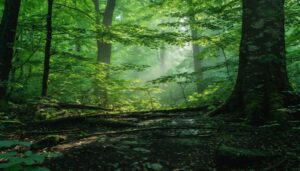
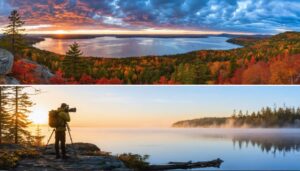



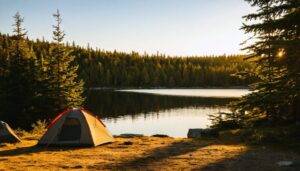

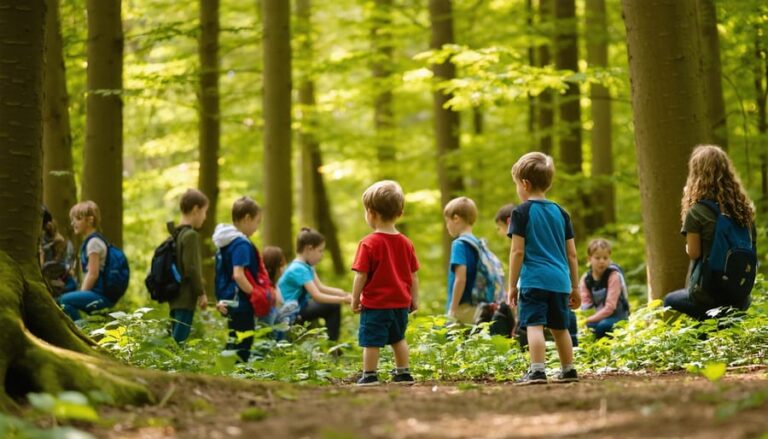
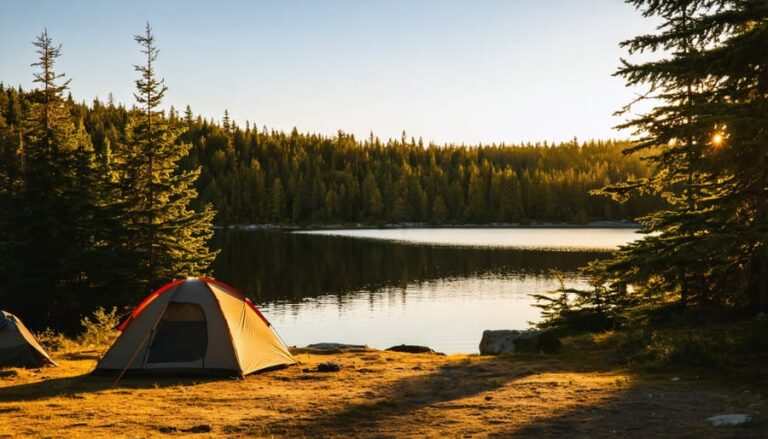
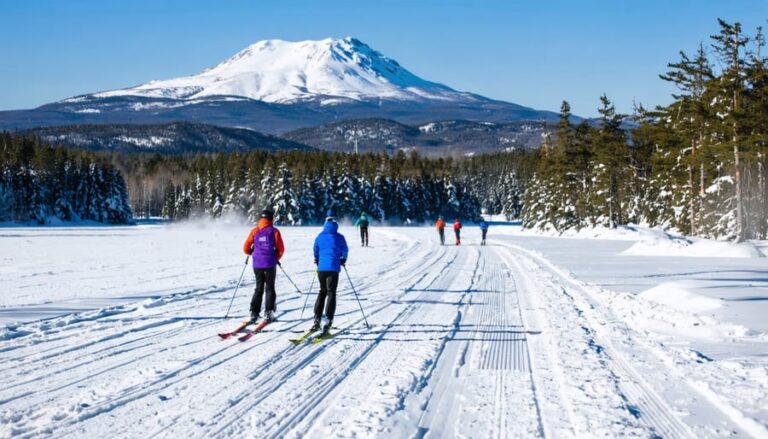

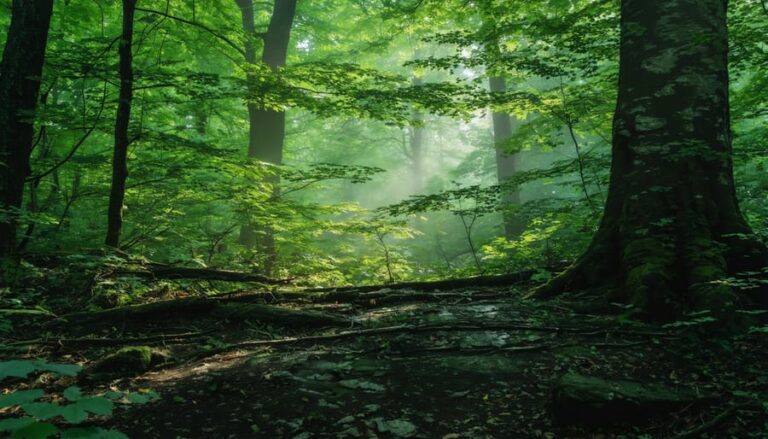
+ There are no comments
Add yours